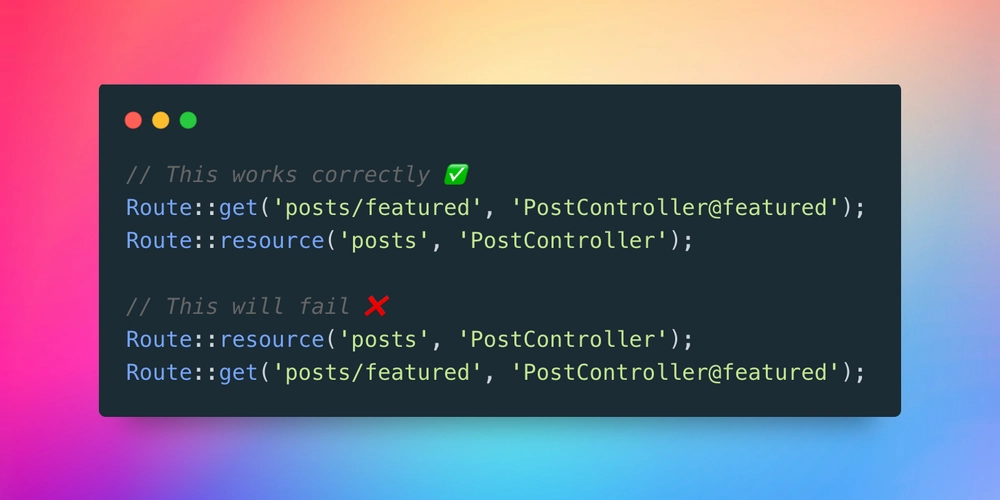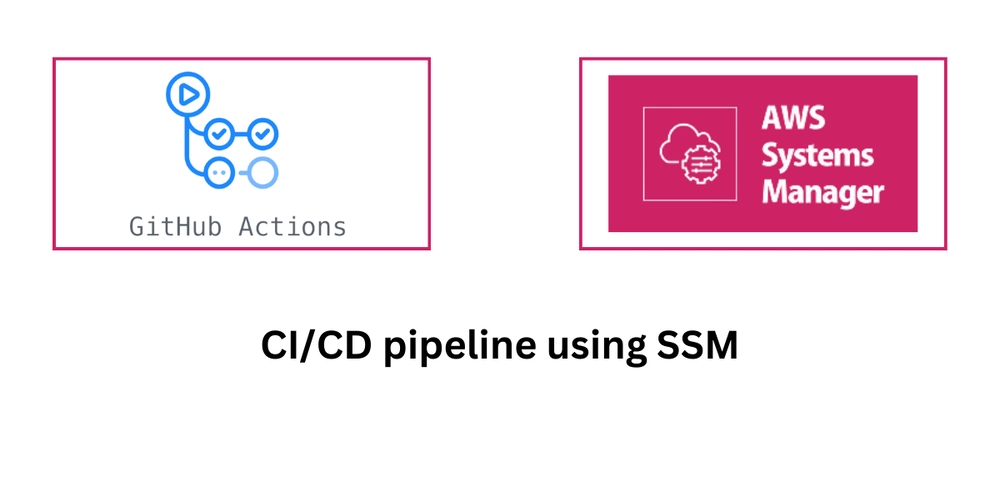Dynamic Data in Test Automation: Guide to Best Practices
In the world of test automation, dynamic data plays a crucial role in ensuring that your tests are robust, reliable, and reflective of real-world scenarios. Unlike static data, which remains constant, dynamic data changes with each test execution, making it more effective for simulating real user behavior and uncovering hidden defects. However, working with dynamic data comes with its own set of challenges. This article explores the concept of dynamic data in test automation, its benefits, and best practices to help you implement it effectively. What is Dynamic Data in Test Automation? Dynamic data refers to data that is generated or modified during test execution. It can include user inputs, system-generated values, or data retrieved from external sources like databases or APIs. Dynamic data is essential for creating realistic test scenarios, as it mimics the variability and unpredictability of real-world usage. For example, instead of using a fixed username and password in your tests, you can generate unique credentials for each test run. This ensures that your tests are not only more realistic but also less likely to fail due to data conflicts or dependencies. Benefits of Using Dynamic Data Incorporating dynamic data into your test automation strategy offers several advantages: Realistic Test Scenarios: Dynamic data helps simulate real-world conditions, making your tests more accurate and reliable. Improved Test Coverage: By varying the data used in tests, you can cover a wider range of scenarios and edge cases. Reduced Data Conflicts: Dynamic data minimizes the risk of conflicts caused by reused or overlapping data. Enhanced Scalability: Tests using dynamic data can be easily scaled to handle larger datasets or more complex scenarios. Better Defect Detection: Dynamic data increases the likelihood of uncovering hidden defects that may not surface with static data. Best Practices for Using Dynamic Data in Test Automation To effectively implement dynamic data in your test automation, follow these best practices: 1.Use Data Generation Techniques Generate dynamic data on the fly using techniques like randomization, templating, or algorithms. For example, you can create unique email addresses, usernames, or transaction IDs for each test run. Ensure that the generated data adheres to the required format and constraints (e.g., valid email addresses or phone numbers). 2.Leverage External Data Sources Retrieve dynamic data from external sources such as databases, APIs, or files. This allows you to use real-world data in your tests, making them more realistic. Ensure that the external data sources are reliable, up-to-date, and accessible during test execution. 3.Implement Data-Driven Testing Use data-driven testing frameworks to separate test logic from test data. This allows you to run the same test with multiple datasets, increasing coverage and efficiency. Store test data in external files (e.g., CSV, JSON, or Excel) and dynamically load it during test execution. 4.Handle Data Dependencies Identify and manage dependencies between test cases to ensure that dynamic data is used correctly. For example, if one test creates a user account, another test should use the same account for validation. Use shared data stores or state management techniques to pass data between tests. 5.Validate Dynamic Data Validate the dynamic data used in your tests to ensure it meets the required criteria. For example, verify that a generated email address is in the correct format or that a transaction ID is unique. Implement assertions and checks to validate the data at various stages of the test. 6.Ensure Data Consistency Maintain consistency in dynamic data across test runs to avoid unexpected failures. For example, if a test relies on a specific date format, ensure that the format remains consistent. Use data masking or anonymization techniques to protect sensitive information while maintaining consistency. 7.Monitor and Analyze Test Data Monitor the dynamic data used in your tests to identify patterns, trends, or anomalies. This can help you uncover potential issues or areas for improvement. Use logging and reporting tools to track data usage and test outcomes. 8.Clean Up Test Data Automate the cleanup of dynamic data after test execution to avoid cluttering your system or database. For example, delete test users or transactions created during the test. Implement rollback mechanisms to revert any changes made during the test. 9.Test for Edge Cases Use dynamic data to test edge cases and boundary conditions. For example, test with the minimum and maximum allowed values for a field or simulate high-load scenarios. Ensure that your tests can handle unexpected or invalid data gracefully. 10.Collaborate with Stakeholders Work closely with developers, business analysts, and other stakeholders to define the requirements for dynamic data. This ensures that your tests align with real-world scenarios and business needs. Regularly revie

In the world of test automation, dynamic data plays a crucial role in ensuring that your tests are robust, reliable, and reflective of real-world scenarios. Unlike static data, which remains constant, dynamic data changes with each test execution, making it more effective for simulating real user behavior and uncovering hidden defects. However, working with dynamic data comes with its own set of challenges. This article explores the concept of dynamic data in test automation, its benefits, and best practices to help you implement it effectively.
What is Dynamic Data in Test Automation?
Dynamic data refers to data that is generated or modified during test execution. It can include user inputs, system-generated values, or data retrieved from external sources like databases or APIs. Dynamic data is essential for creating realistic test scenarios, as it mimics the variability and unpredictability of real-world usage.
For example, instead of using a fixed username and password in your tests, you can generate unique credentials for each test run. This ensures that your tests are not only more realistic but also less likely to fail due to data conflicts or dependencies.
Benefits of Using Dynamic Data
Incorporating dynamic data into your test automation strategy offers several advantages:
Realistic Test Scenarios: Dynamic data helps simulate real-world conditions, making your tests more accurate and reliable.
Improved Test Coverage: By varying the data used in tests, you can cover a wider range of scenarios and edge cases.
Reduced Data Conflicts: Dynamic data minimizes the risk of conflicts caused by reused or overlapping data.
Enhanced Scalability: Tests using dynamic data can be easily scaled to handle larger datasets or more complex scenarios.
Better Defect Detection: Dynamic data increases the likelihood of uncovering hidden defects that may not surface with static data.
Best Practices for Using Dynamic Data in Test Automation
To effectively implement dynamic data in your test automation, follow these best practices:
1.Use Data Generation Techniques
Generate dynamic data on the fly using techniques like randomization, templating, or algorithms. For example, you can create unique email addresses, usernames, or transaction IDs for each test run.
Ensure that the generated data adheres to the required format and constraints (e.g., valid email addresses or phone numbers).
2.Leverage External Data Sources
Retrieve dynamic data from external sources such as databases, APIs, or files. This allows you to use real-world data in your tests, making them more realistic.
Ensure that the external data sources are reliable, up-to-date, and accessible during test execution.
3.Implement Data-Driven Testing
Use data-driven testing frameworks to separate test logic from test data. This allows you to run the same test with multiple datasets, increasing coverage and efficiency.
Store test data in external files (e.g., CSV, JSON, or Excel) and dynamically load it during test execution.
4.Handle Data Dependencies
Identify and manage dependencies between test cases to ensure that dynamic data is used correctly. For example, if one test creates a user account, another test should use the same account for validation.
Use shared data stores or state management techniques to pass data between tests.
5.Validate Dynamic Data
Validate the dynamic data used in your tests to ensure it meets the required criteria. For example, verify that a generated email address is in the correct format or that a transaction ID is unique.
Implement assertions and checks to validate the data at various stages of the test.
6.Ensure Data Consistency
Maintain consistency in dynamic data across test runs to avoid unexpected failures. For example, if a test relies on a specific date format, ensure that the format remains consistent.
Use data masking or anonymization techniques to protect sensitive information while maintaining consistency.
7.Monitor and Analyze Test Data
Monitor the dynamic data used in your tests to identify patterns, trends, or anomalies. This can help you uncover potential issues or areas for improvement.
Use logging and reporting tools to track data usage and test outcomes.
8.Clean Up Test Data
Automate the cleanup of dynamic data after test execution to avoid cluttering your system or database. For example, delete test users or transactions created during the test.
Implement rollback mechanisms to revert any changes made during the test.
9.Test for Edge Cases
Use dynamic data to test edge cases and boundary conditions. For example, test with the minimum and maximum allowed values for a field or simulate high-load scenarios.
Ensure that your tests can handle unexpected or invalid data gracefully.
10.Collaborate with Stakeholders
Work closely with developers, business analysts, and other stakeholders to define the requirements for dynamic data. This ensures that your tests align with real-world scenarios and business needs.
Regularly review and update your test data to reflect changes in the application or business processes.
Challenges of Using Dynamic Data
While dynamic data offers many benefits, it also comes with challenges:
Complexity: Managing dynamic data can be more complex than using static data, requiring additional tools and techniques.
Data Consistency: Ensuring consistency in dynamic data across test runs can be challenging, especially in distributed environments.
Performance Overhead: Generating and managing dynamic data can introduce performance overhead, particularly for large datasets or complex scenarios.
Debugging Difficulties: Debugging tests that use dynamic data can be more challenging, as the data may change with each execution.
Conclusion
Dynamic data is a powerful tool in test automation, enabling you to create realistic, scalable, and reliable tests. By following the best practices outlined in this guide, you can effectively implement dynamic data in your test automation strategy and overcome the associated challenges.
Whether you’re testing a simple application or a complex system, dynamic data can help you uncover hidden defects, improve test coverage, and ensure that your software performs as expected in real-world conditions. Start incorporating dynamic data into your test automation today and take your testing efforts to the next level!












































































































































































![[The AI Show Episode 142]: ChatGPT’s New Image Generator, Studio Ghibli Craze and Backlash, Gemini 2.5, OpenAI Academy, 4o Updates, Vibe Marketing & xAI Acquires X](https://www.marketingaiinstitute.com/hubfs/ep%20142%20cover.png)



























































































































![[DEALS] The Premium Learn to Code Certification Bundle (97% off) & Other Deals Up To 98% Off – Offers End Soon!](https://www.javacodegeeks.com/wp-content/uploads/2012/12/jcg-logo.jpg)


![From drop-out to software architect with Jason Lengstorf [Podcast #167]](https://cdn.hashnode.com/res/hashnode/image/upload/v1743796461357/f3d19cd7-e6f5-4d7c-8bfc-eb974bc8da68.png?#)









































































































.png?#)

































_Christophe_Coat_Alamy.jpg?#)
 (1).webp?#)




































































































![iPhone 17 Pro Won't Feature Two-Toned Back [Gurman]](https://www.iclarified.com/images/news/96944/96944/96944-640.jpg)
![Tariffs Threaten Apple's $999 iPhone Price Point in the U.S. [Gurman]](https://www.iclarified.com/images/news/96943/96943/96943-640.jpg)





































































































































